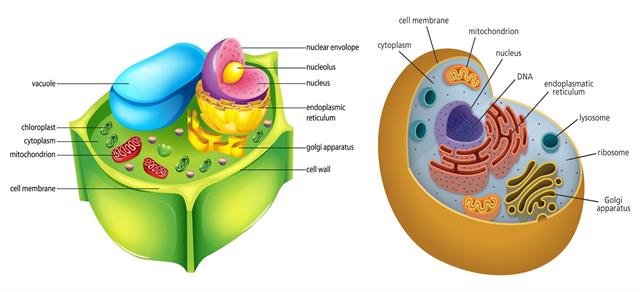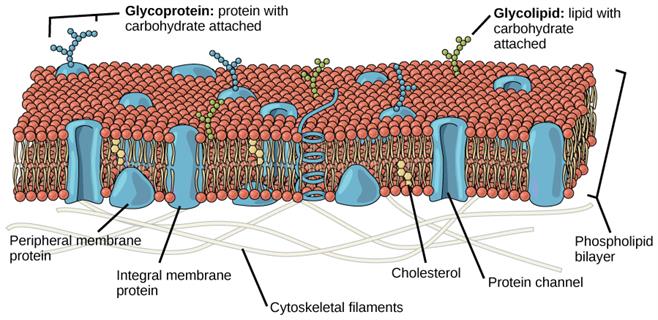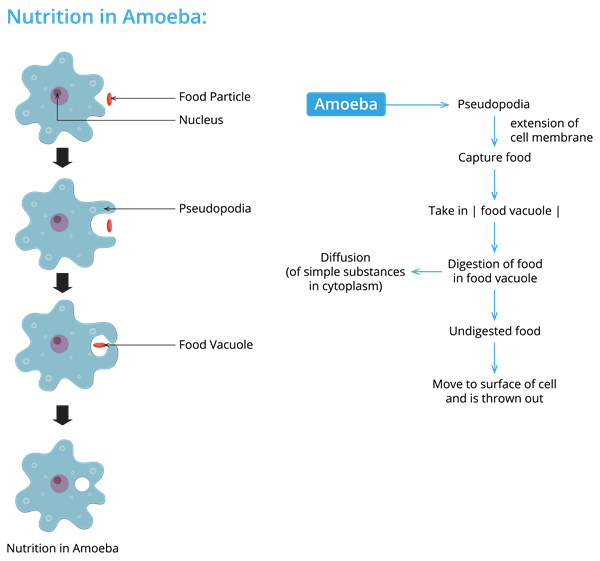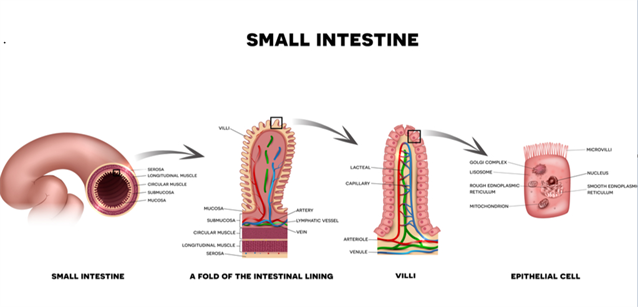PDF chapter test TRY NOW
Components of a cell
Microscopic studies reveal that every cell possesses three primary components in common, i.e. plasma membrane, nucleus and cytoplasm. Due to these components, all activities and interaction of the cell with its environment are possible.
A plant cell and animal cell mainly consists of the following parts.
1. Cell wall 


2. Plasma membrane
3. Cytoplasm
4. Nucleus
5. Cell organelles

Left to right: Plant and animal cell
Plasma membrane or Cell membrane

Plasma membrane
Plasma membrane is the outermost thin, elastic and delicate layer of the cell, which separates the cell constituents from the external environment. It is also known as biomembrane, semipermeable membrane, differentially permeable membrane and unit membrane. It is made up of bilayer of lipids and proteins, which provides flexibility to the membrane. Several models have been proposed regarding the arrangement of protein and lipids. The Fluid Mosaic Model proposed by Singer and Nicolson is widely accepted. This property of flexibility gives the cell to engulf food from external environment. This process is called as endocytosis.

Process of endocytosis in amoeba
Example:
Amoeba engulf its food with the help of its projections on its plasma membrane called pseudopodia.
Functions of plasma membrane:
- Plasma membrane, a selectively permeable membrane, allows only specific materials in and out of the cell.
- Plasma membrane gives a definite shape to the cell.
- It acts as a mechanical barrier and prevents the cell constituents within the plasma membrane from bursting out.
- It protects the cell from pathogenic (disease-causing agents) substances.
- Due to its highly flexible nature, it can able to perform specific functions.
Absorption process of microvilli in human intestine

Microvilli located in the small intestine
In the small intestine, the plasma membrane is folded into finger-like projections called microvilli. Such cells are typically found lining the small intestine, the organ that absorbs nutrients from digested food.
Reference:
https://www.flickr.com/photos/yourgenome/26676266160
https://www.flickr.com/photos/113697826@N07/11831618685
https://commons.wikimedia.org/wiki/File:Figure_05_01_01.jpg
https://commons.wikimedia.org/wiki/File:Figure_05_01_01.jpg
